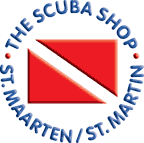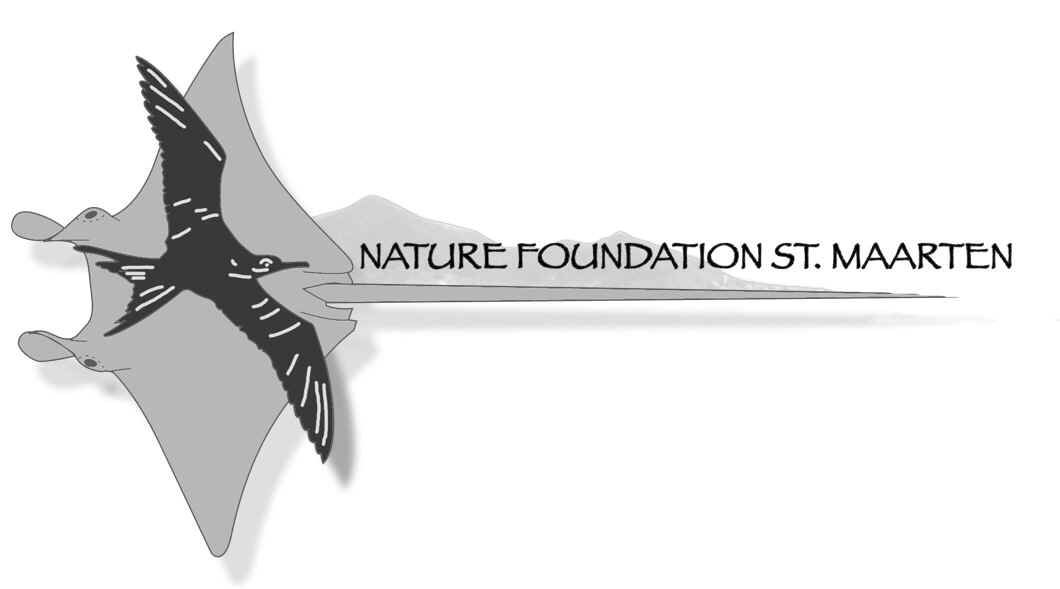
THE SCUBA SHOP |
|
|
The island of Sint Maarten is currently opening up to environmental protection. Where in the past there was no visible concern for nature and our ecosystem, the last several years have seen more awareness on the part of the population, demonstrating that the community cares about conservation efforts. The mainstay of our island’s economy is provided by tourists who enjoy clean beaches and healthy waters, therefore it is essential to protect our environment.
 |
Popehead cactus (Melocactus intortus) |
The Nature Foundation Sint Maarten’s primary concern is to protect nature, while in the process strengthening its economical and educational value, and potential of its natural resources. Sint Maarten is the last island in the Netherlands Antilles to establish a Marine Park/Protected area. To declare an area protected and establish a Marine Park, government must pass legislation.
Laws have to be written for the protection of turtles, mangroves, sea grasses, and other protected species that are indigenous to these areas. In addition, rules and regulations have to be drafted as to what recreational behavior is accepted within the Park’s boundaries.
 |
Goats
grazing on the steep hill sides cause erosion problems. They also remove seedlings and
young shoot, damaging the vegetation and |
The Nature Foundation Sint Maarten would like to acquire a long-term management agreement to protect the environment in Sint Maarten in a durable manner. The Nature Foundation has therefore proposed two nature parks. Where the Marine Park will surround the coastal waters of Sint Maarten, a hillside park is still meant to be established to protect the hills and inherent flora, thereby ensuring the conservation of this unique area.
The Foundation is a non-governmental/non-profit organization concerned with the natural resources the island has to offer. The Nature Foundation’s staff currently consists of a director, a Marine Park manager and an assistant Marine Park manager. A Board consisting of five members supports the staff. The office is at the Great Bay Marina and the Marine Park’s patrol-boat is docked there.
Several community projects are currently being worked on. First, a mooring program has been put in place. The program is designed to reduce the damage caused by anchoring, which accounts for 60 percent of man-made damage to coral reefs. Twenty moorings, to be used by dive vessels and other local boat operators, have already been placed in the Marine Park. This number will grow to 25 in total.
The Nature Foundation Sint Maarten is also working on an educational program to stimulate marine and environmental awareness in the schools. In addition, an environmental public awareness campaign, research opportunities, reef monitoring and patrolling the waters as well as a foundation for the protection of beaches are all in the planning stages.
For now, some of the Marine Park activities will be concentrated on the eastern side of the island, where the dive sites Molly B’day, Pelican Rock, Hen and Chicks, and Cow and Calf as well as the Proselyte area are located. These areas embody some of the last pristine marine locations on the island, where excellent diving and breeding grounds for birds, fish and other marine life can be encountered.
There is an ongoing project with the local fishing industry. Fish traps often get lost from their ropes, sinking to the bottom but continuing to catch fish for weeks. It’s a terrible waste, so the Nature Foundation Sint Maarten intends to introduce new traps with biodegradable sides that will simply disintegrate if left unattended. Besides this we cooperate with a federal project to make an inventory of the fish and lobsters captured on the Saba Bank. This happens by measuring the fish and lobsters captured by a number of Sint Maarten fishermen, who are willing to cooperate with this project.
Another activity is the monitoring of the coral reefs. This was seriously started after the Monarch of the Seas hit Proselyte Reef. At first cleaning up and repair-works was done, now frequent monitoring of the reef is part of the activities.
 One of the
activities in the past was saving the iguanas that were threatened by the filling up of
the Flamingo Pond due to reconstruction of the airport. The iguanas were captured and
released on Sint Maarten in other locations. At the same time, fish were saved and
together with the airport, a mangrove-project has been designed to compensate for the
mangroves that were lost in the same airport-restructure.
One of the
activities in the past was saving the iguanas that were threatened by the filling up of
the Flamingo Pond due to reconstruction of the airport. The iguanas were captured and
released on Sint Maarten in other locations. At the same time, fish were saved and
together with the airport, a mangrove-project has been designed to compensate for the
mangroves that were lost in the same airport-restructure.
Right now, planting takes place at the Little Bay Pond, while government approved of using a piece of government property for this purpose. A second site will be the west side of the Fresh Pond, after the dredging has been finished.
We intend to publish a number of information-brochures, for the tourists coming to Sint Maarten, through airport-information or hotel-front-desks, or diving-schools and other venues where tourists come. In this way people can see, that Sint Maarten is working for its environment and its nature!
Sint
Maarten Nature Foundation |
MORE
INFORMATION
The Sint Maarten
Nature Foundation & Marine Park
The Marine Park | The Nature Foundation | Park Zoning
Sectie Milieu en Natuur Departement van
Volksgezondheid en Milieuhygiene
(Official Site of The St. Maarten Nature Foundation - English / Dutch)
MARINE PARK ARTICLES and UPDATES
Rescuing a Green Sea Turtle - June
22, 2000
On June 21st, 2000 on a weekly patrol, the staff of the Marine Park
(Nature Foundation of Sint Maarten) encountered a Green Turtle (Chelonia mydas) floating
on a large tar/oil spill close to Proselyte Reef........
Global and Local Seagrasses Threatened - April 6,
2000
It is difficult to emphasize how important seagrasses are to the marine
environment.......
Reef Monitor Update
